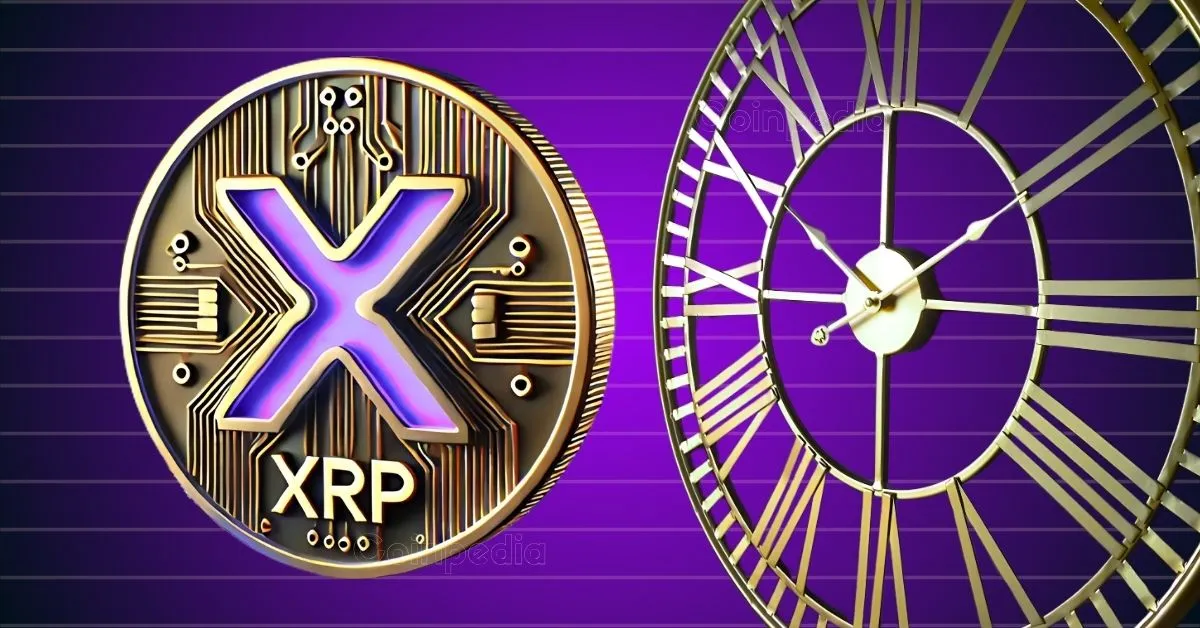Unpacking XRP’s Market Dynamics: A Detailed Analysis
XRP’s market behavior recently has been a fascinating display of push and pull—a duel between hopeful bulls eager for gains and cautious bears guarding their ground. This report dives deeply into the complex interactions of support and resistance levels, technical patterns, and external influences shaping XRP’s trajectory. Understanding these facets offers valuable insight into where XRP might head next.
Steady Grounds: Support Levels Holding the Fort
XRP’s price action revolves significantly around key zones of support that act as safety nets for price declines. The primary support band, roughly between $2.07 and $2.15, has repeatedly demonstrated its role as a price floor. Various price corrections have found footing in this zone, suggesting traders collectively recognize its importance as a base for potential rebounds.
In tandem, the 50-day Exponential Moving Average (EMA), near $2.30, acts as another vital support pillar. Currently, XRP is trading slightly above this average, which often signifies a short-to-medium-term trend resilience. Staying above this level is crucial; slipping below could spell weakness, while holding firm signals the potential for recovering strength.
Below these, a secondary buffer zone ranging from $1.95 to $2.05 provides additional resilience. Should primary supports fail, this layered defense could help absorb selling pressure, preventing more precipitous declines. At an even deeper level, a possible target near $1.76 looms, indicated by technical breakdown scenarios, underscoring a lower boundary that traders keep an eye on.
Battling Barriers: Resistance and Breakout Potentials
Resistance zones are the hurdles XRP must clear to ignite bullish momentum. Right now, immediate resistance clusters between $2.33 and $2.34 are closely watched as short-term barriers that have curtailed several rally attempts. Slightly higher, resistance thickens at $2.43–$2.44 and the psychologically significant $2.50 level. Surpassing these could be transformative, not only reversing recent stagnations but also energizing investor confidence.
More formidable resistance areas range roughly between $2.60 and $2.80. Penetrating these zones is widely recognized as a prerequisite for entering a higher growth phase. The $3 mark represents a psychological and historical milestone, amplifying its importance as a potential target if momentum sustains. Notably, some market observers view breaking through the $2.50 barrier as a launchpad toward this ambitious $3 benchmark.
XRP’s recent consolidation near $2.60 signifies a crucial “decision point,” indicating indecision but also hinting at possible volatility ahead. Traders see this as a moment ripe with opportunity—a directional move beyond this threshold could catalyze a powerful breakout.
Patterns, Sentiment, and Market Behaviors
Delving into technical charts reveals nuanced patterns reflecting current market psychology. The falling wedge pattern on a weekly scale signals risk of a downturn toward around $1.76 if the pattern breaks negatively. Conversely, the presence of parallel trend channels and supportive Fibonacci retracement levels suggests formation of a possible base, laying a foundation for bullish reversals.
Momentum indicators like MACD paint a mixed picture. Short-term signals tend bearish, yet there are affirming signs of buyers stepping up at key Fibonacci zones. This tug-of-war encapsulates volatility and potential for significant price swings, keeping traders alert.
Market activity such as whale accumulation and reduced geopolitical trade tensions inject bursts of bullish zeal. Some forecasts even anticipate speculative targets reaching well beyond $8, with outliers mentioning $17, though these remain conditional on continued favorable dynamics—far from guaranteed, but tantalizing nonetheless.
The Legal and Macro Backdrop: Ripple’s Regulatory Saga and Market Environment
Beyond technicals, XRP’s pricing dances to external beats, notably Ripple’s ongoing legal confrontations with the U.S. SEC. Recent partial victories have buoyed investor sentiment, triggering spikes and renewed interest that underscore the profound impact regulatory clarity has on XRP’s market perception.
Macro factors like Bitcoin’s price stability, broader crypto market volatility, and liquidity shifts further influence XRP’s trading landscape. Institutional moves and changing sentiments across cryptocurrencies ripple through XRP’s price action, creating a complex web of influences that traders must navigate.
Key Price Levels to Monitor
– Support:
– Primary: $2.07–$2.15
– Secondary: $1.95–$2.05
– Critical downside target (if breakdown occurs): ~$1.76
– Resistance:
– Immediate: $2.33–$2.34, $2.43–$2.44, $2.50
– Intermediate: $2.60–$2.63, $2.65–$2.80
– Psychological: $3, and speculative extended levels above $8
Paying close attention to XRP’s ability to maintain above the 50-day EMA (~$2.30) as well as successfully surpass the $2.50 resistance will be vital signals of market direction.
A Crossroads Demanding Focused Attention
XRP currently sits at an intersection where technical, fundamental, and sentiment factors collide. The cautious optimism observed is tempered by the need for a breakout above key resistance bands to confirm a sustained bullish trend.
Failure to hold essential support between $2.07 and $2.15 could expose XRP to deeper retracements targeting lower support zones. On the flip side, breaking clear of resistance levels around $2.33 to $2.50 could unleash momentum propelling XRP toward $3 or even higher, energizing market participants.
This environment, characterized by volatility, external pressures, and critical technical junctures, means XRP remains a magnet for traders searching for both potential breakout profits and defensive plays amid uncertainty. Its evolving landscape promises to keep crypto enthusiasts engaged as the story unfolds in the days to come.

